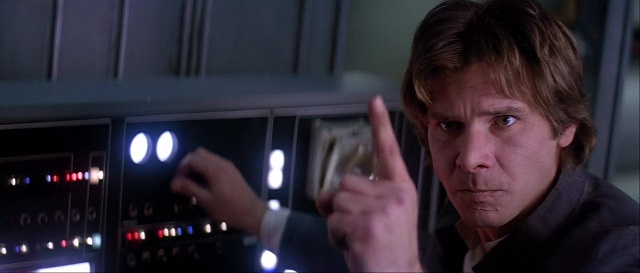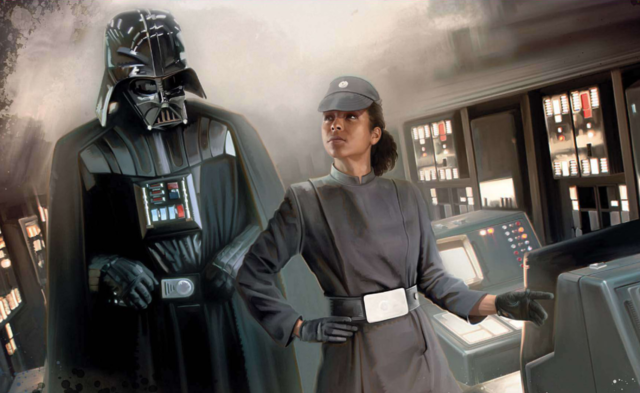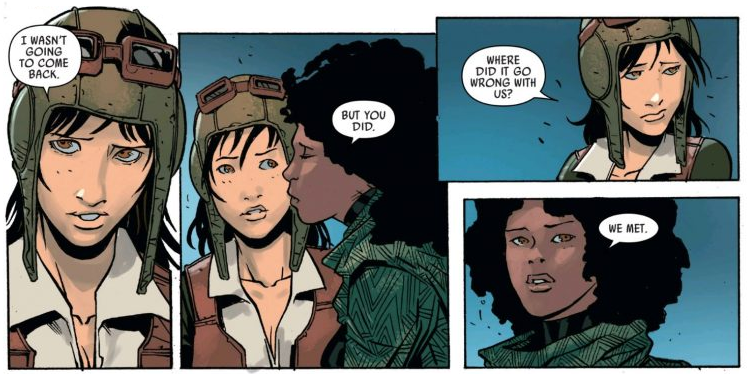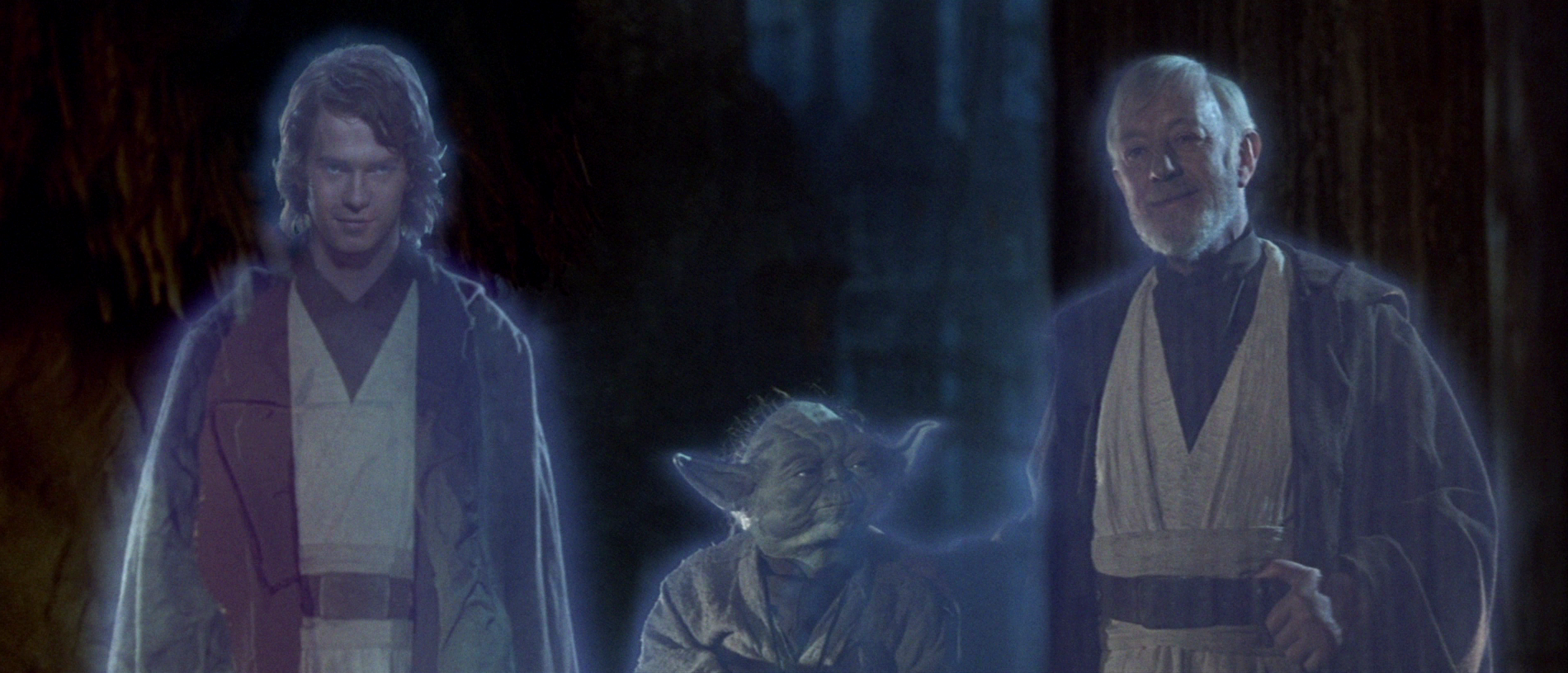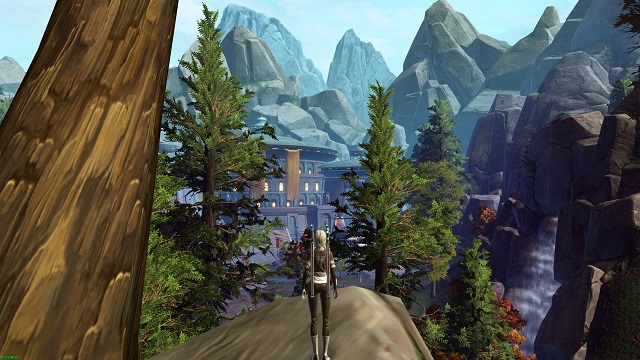
The Star Wars gaming industry has had its fair share of controversy in 2017. These types of grievances are not unknown in Star Wars gaming. In recent memory, Star Wars: The Old Republic has suffered through similar issues and yet the game is still chugging along like an old Corellian freighter. SWTOR, as it is commonly referred to, will be celebrating its sixth birthday on December 20th.
SWTOR has had numerous controversies over the years that have dwindled its player base, from players leaving the game due to many things such as the lack of new story-driven experiences, the implementation of microtransaction loot boxes, an overall lack of content and a poor progression system. All of these issues have also plagued other recent Star Wars games, including the Star Wars Visceral game that was delayed, and, according to EA, was shaping up to become a linear, story-based adventure game. EA seemed to decide that was no longer what they wanted, ultimately closing down Visceral and delaying the game to make adjustments to better fit their vision. Battlefront II has been criticized for its microtransaction and progression systems, and Battlefront I launched in 2015 to numerous complaints surrounding its lack of content. SWTOR was developed by Bioware and produced by EA and it has experienced all of these aforementioned controversies in its six years.
When SWTOR first launched in 2011, gamers were unaware that less than a year later George Lucas would sell Lucasfilm, and therefore LucasArts, to Disney. We had no idea that we would be given the opportunity to watch a new Star Wars film in the theater! We were also blind to the fact that the slate of Star Wars canon was going to be wiped clean of the Expanded Universe. Yet SWTOR has survived it all in this ever-evolving landscape that is Star Wars of the twenty-tens. Read More
